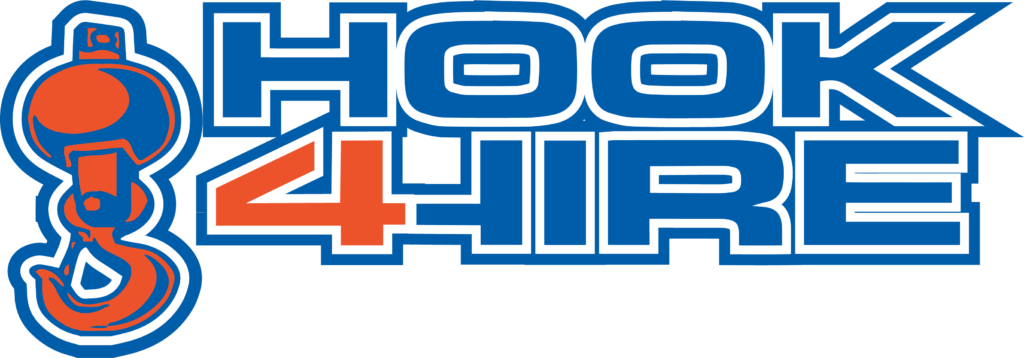Crane rigging equipment is definitely useful in many industries that require heavy lifting, from maintenance and repair to construction and manufacturing. And since these are big and heavy equipment, the risk of errors and accidents becomes greater.
Thankfully, there are crane safety protocols in place to reduce these risks. This post will cover some safety precautions you should take when renting or purchasing a crane to keep you and your employees safe on the job.
Have the Right Tools
One of the most basic but crucial tips is to make sure you rent a crane designed to work for your specific project requirements.
You might think that a smaller, cheaper crane can handle the job, but various types of cranes work differently. They have specific functions and designs, so operating a crane for a job it isn’t designed for can be disastrous.
The Importance of Licensed Operators
Can anyone operate a crane with a bit of training? Not all. You must only work with a licensed crane operator who has completed field hours and was licensed by an accredited institution.
Also, work with licensed operators who are experienced in handling the specific crane you’re using. Ensure they are familiar with the inner workings and function of that particular crane to reduce accidents, mishaps, and injuries.
Practicing Safety Culture
Remember to enforce strict safety standards on your project site, and this not only goes for the crane operator but everyone involved in the project.
They should be educated on crane safety, general safety standards, and emergency protocols. This way, they would know what to do in case of an untoward event concerning cranes.
To have a safety culture on site, there must be safety seminars on how to behave when a crane is in operation. There must also be guidelines on what to do in case of an accident.
Along with educating your team is ensuring that the cranes are fully functional and in good working condition. Perform regular inspections and adhere to OSHA guidelines to implement this.
Clear the Site in Preparation for the Crane
Not all cranes are designed for every type of terrain. Some can drive over rough terrain, while others cannot. If your crane is not designed for uneven soil, use smaller construction equipment to level the ground first. Make sure to also remove any debris or items that may hinder the crane from functioning properly.
Remember, cranes are large equipment with poop visibility. Any obstacle that’s not in their line of sight may cause accidents and collisions.
Conclusion
Crane safety is of paramount importance on any construction site. There are many ways to stay safe around cranes, but the most important thing is to be aware of the potential dangers and take precautions accordingly. By following the proper safety procedures and using common sense, you can avoid crane accidents on site.
Are you looking for crane rigging equipment in Owensboro? Hook4Hire has efficient and top-quality cranes to ensure your project’s success. Contact us today to learn more!
